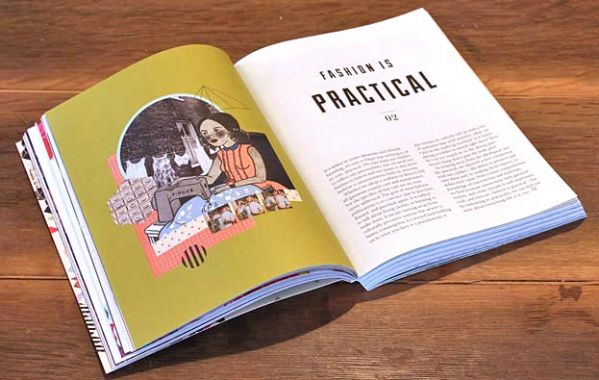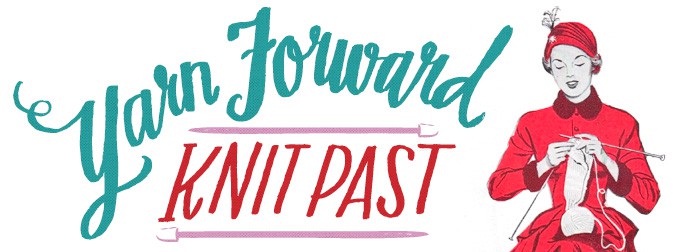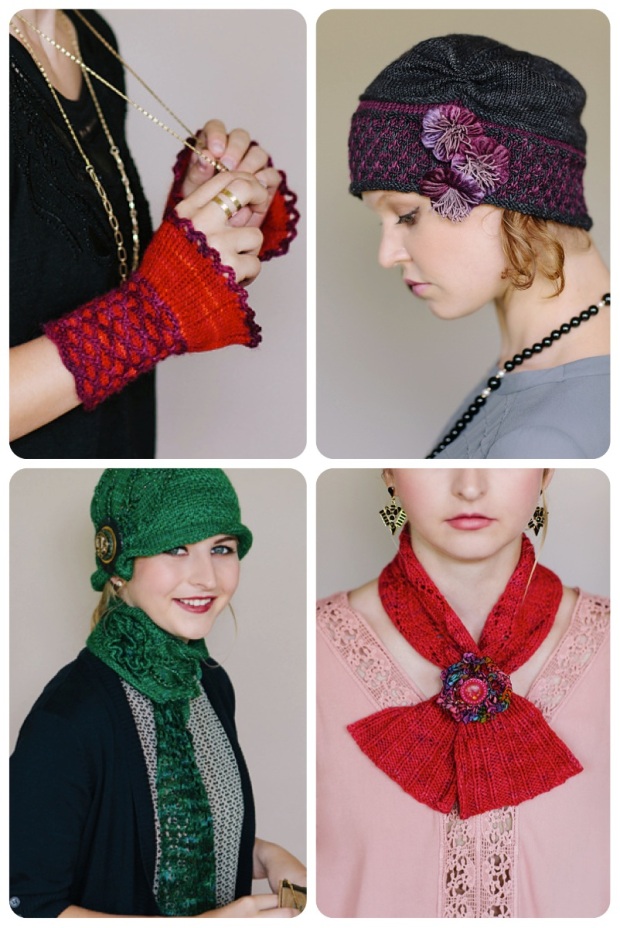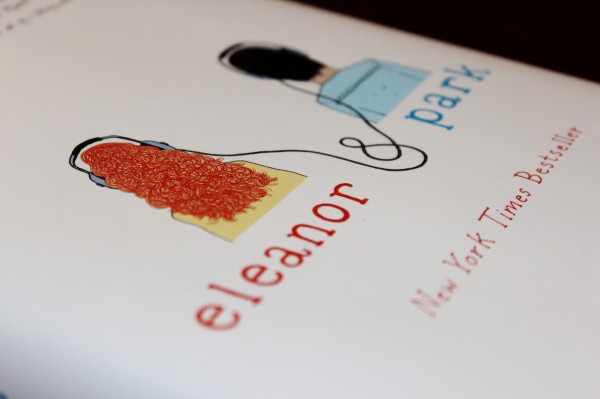
I picked up a copy of the The WORN Archive: A Fashion Journal about the Art, Ideas, & History of What We Wear, on a whim while in Portland last October. I have read most of the articles in the 400+ page book which is an anthology of the first 14 issues of the Worn Fashion Journal magazine. What was so refreshing about the book and its entry into the Worn Fashion Journal is that it focuses on personal style over fashion trends. They focus on gender and body issues as well as how people create their own personal looks through thrifting, vintgae, modern and handmade items. Its more like Bust magazine with an emphasis on clothing and fashion than a Vogue magazine. Sadly, the publication is defunct now but the back issues are still available as well as the book.

The book is printed on heavyweight uncoated paper that makes it feel like an art book and is filled with great illustrations. Its also beautifully designed.

The models range in size, shape, age and color to present a diverse representation of people who care about how they dress.

All in all, its been one of my favorite book purchases of the past year. I often pick it up and flip through it to look at the wonderful photography and illustrations or to skim an article again. ITs a refreshingly different take on fashion and beauty and I wish there were more things like this in the world, especially since Worn is no more.
Here is the promo video for the Worn Archive book launch which puts some faces to the staff behind the book and publication:
And this led me to their Secondhand Prom Mash-Up video which made my Monday!
(All photos from Drawn & Quarterly)






















